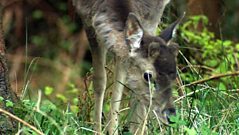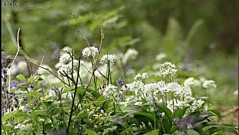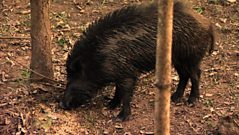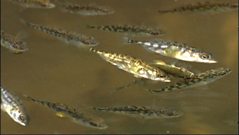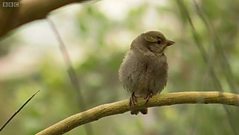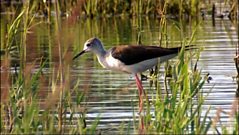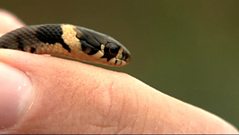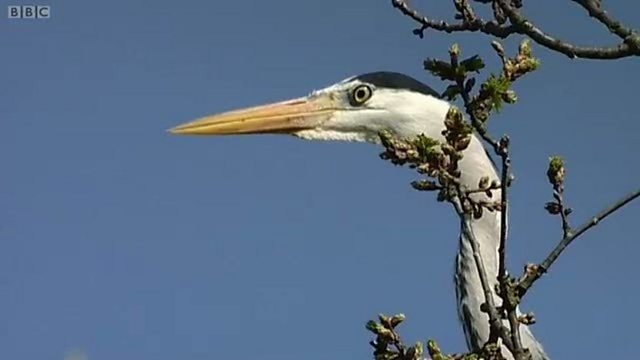
Herons and egrets
Mike Dilger has come to Northward Hill in Kent to visit a heronry. There is no access for visitors, as herons are prone to disturbance, but there is a public viewpoint nearby. The best views are at the beginning of the season in March and April. Twice a year the heronry is entered to count the heron nests, and Mike will be able to join in. Meanwhile he goes to see the marshes and mudflats around the Thames estuary which are rich in food for the herons. Marsh frogs are a popular food, and herons may eat ten a day. There is also a grass snake hunting the frogs here. As well as herons. there are little egrets nesting in the woods. This is biggest breeding colony of little egrets in Britain at 200 pairs, and there are about 140-150 pairs of herons. There are several nests in each tree. The head and back plumes of the little egret were once very valuable for making ladies' hats and the birds were killed for them.
Duration:
This clip is from
More clips from Spring: Historic Woodlands
-
![]()
Health monitor
Duration: 01:50
-
![]()
Skittish stags
Duration: 01:40
-
![]()
Boars and blooms
Duration: 01:01
-
![]()
Boaring behaviour
Duration: 03:49
More clips from Nature's Calendar
-
![]()
Bizarre behaviour—Series 1, Summer: Parks and Gardens
Duration: 01:27
-
![]()
Hot-housing sparrows—Series 1, Summer: Parks and Gardens
Duration: 01:42
-
![]()
Long-legged lovelies—Series 1, Summer: Wetland
Duration: 02:38
-
![]()
Young grass snake—Series 1, Summer: Parks and Gardens
Duration: 01:30


